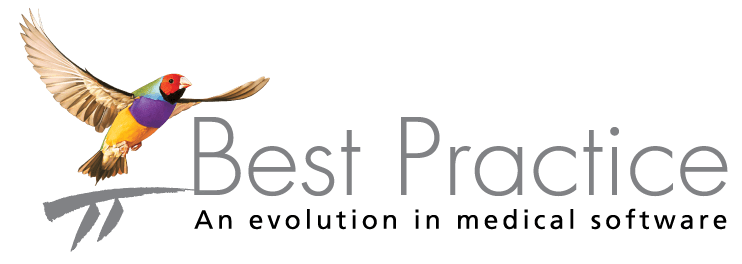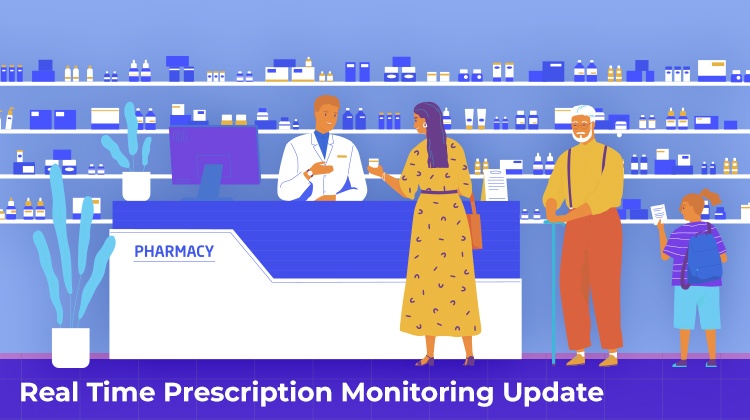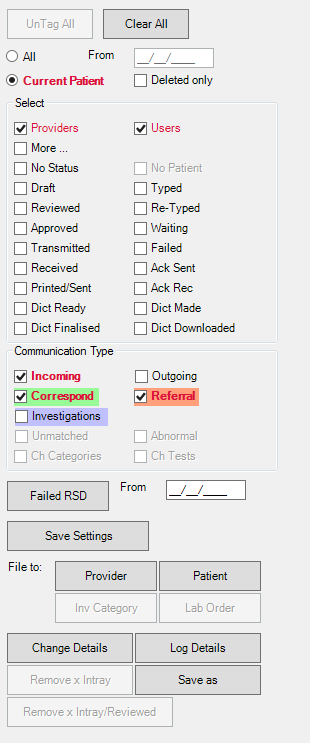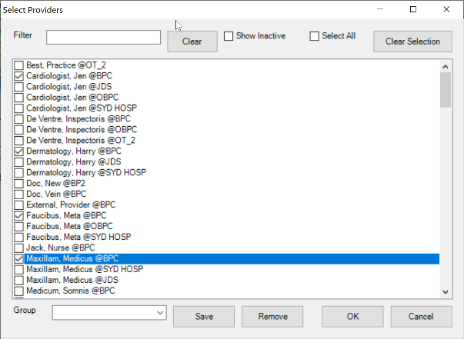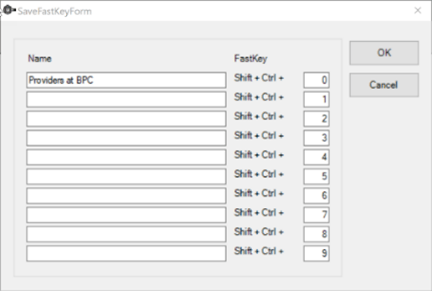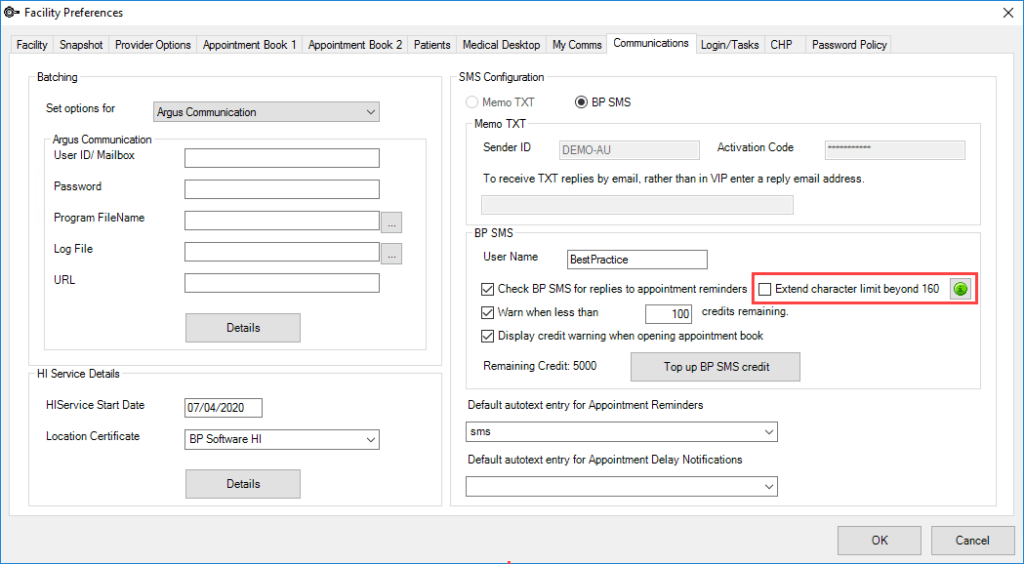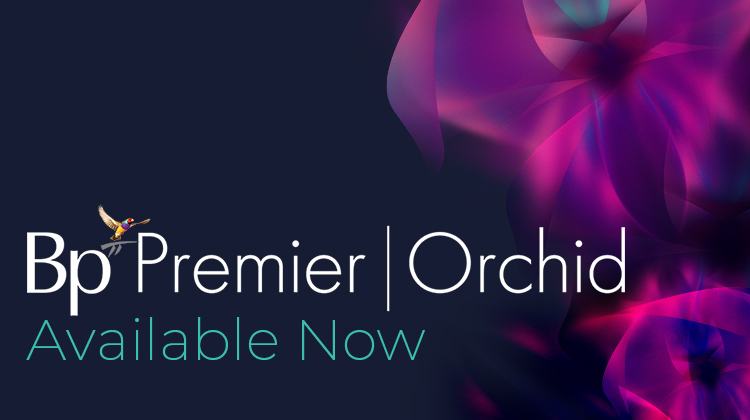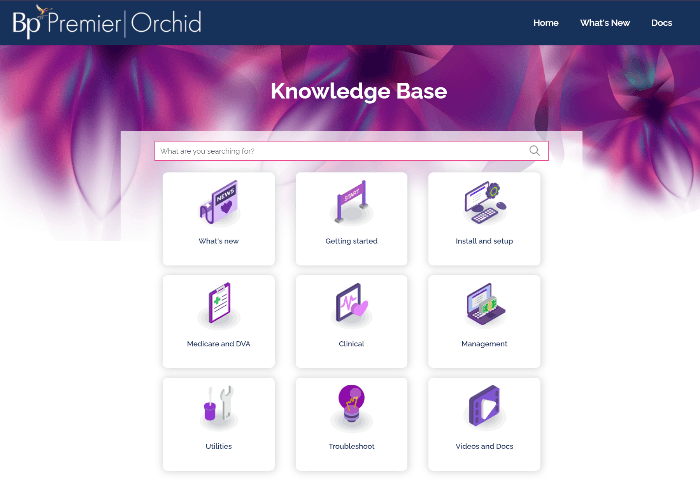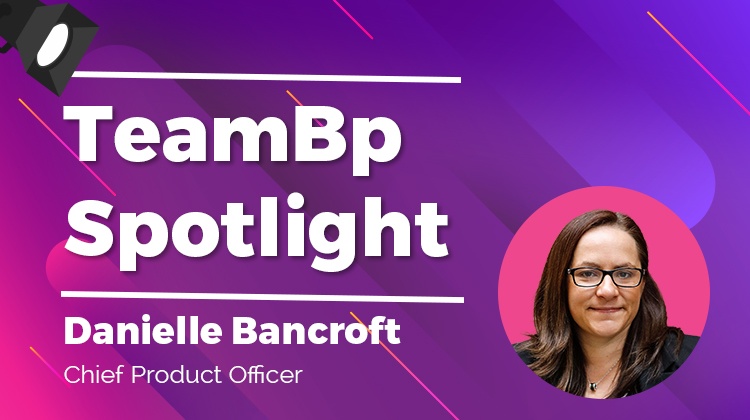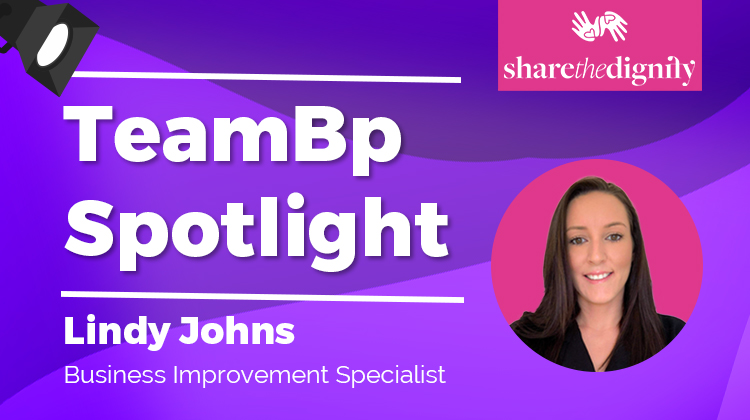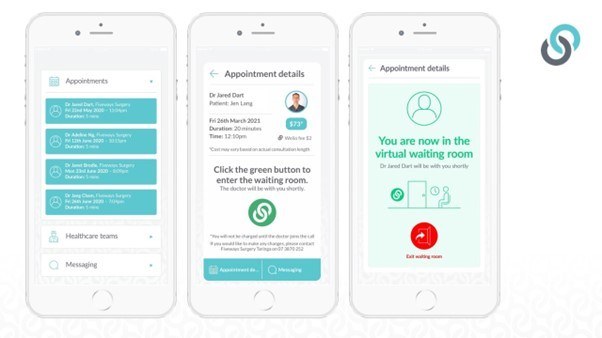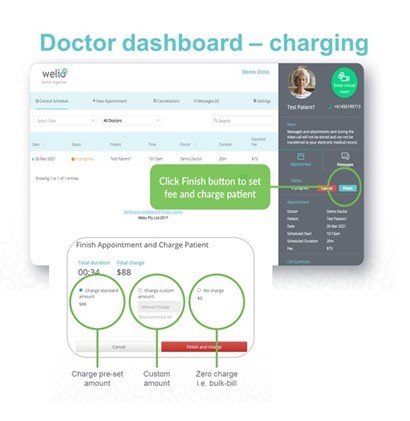The rollout of Real Time Prescription Monitoring (RTPM) across Australia is one step closer to completion, with the Western Australian Department of Health recently announcing they are next for implementation. Due for release on the 28th of March.
RTPM provides information to doctors (prescribers) and pharmacists (dispensers) about a patient’s history and use of controlled medicines when they are considering prescribing or dispensing these medicines. The Commonwealth, state and territory agencies are working together to implement the RTPM system. However, each state or territory remains responsible for the management of controlled medicines in its jurisdiction.
The misuse of controlled medicines is a growing concern within Australia, with levels of overdose and accidental deaths rising. RTPM allows healthcare professionals to identify patients who may be at risk of harm due to their medication use. By monitoring prescription data in real time, healthcare professionals can quickly identify patients receiving high doses of opioids or other controlled substances. This information can then be used to develop an appropriate treatment plan for the patient, which may include referral to addiction treatment or the provision of alternative pain management options. RTPM also allows healthcare professionals to detect instances of doctor shopping, where patients attempt to obtain multiple prescriptions for controlled substances from different healthcare providers.
The implementation of RTPM in Australia has been successful in reducing prescription drug misuse and abuse. In Victoria, for example, the introduction of RTPM led to a 30% decrease in the number of patients receiving high doses of opioids. Overall, RTPM is a valuable tool for healthcare professionals in Australia that helps prevent prescription drug abuse, reduce doctor shopping, and improve public health outcomes. Technology developments can help reduce the misuse of medicines listed as controlled substances while ensuring that patients who genuinely need these medicines are able to access them.
RTPM is easy to set up in Bp Premier, but before you can enable RTPM in your user preferences, your practice must be using eRx or MediSecure as your electronic prescription service. For more information on RTPM, please visit our Knowledge Base (F1 and search for ‘rtpm’) or your Department of Health Website.
Want to learn more about RTPM? Watch our explainer video for the rundown!
Explore our range of news and training resources:
Bp Learning Video Library | Bp Learning Training Options | Bp Newsroom Blog
Subscribe to Our Newsletters | Bp Learning Webinars
